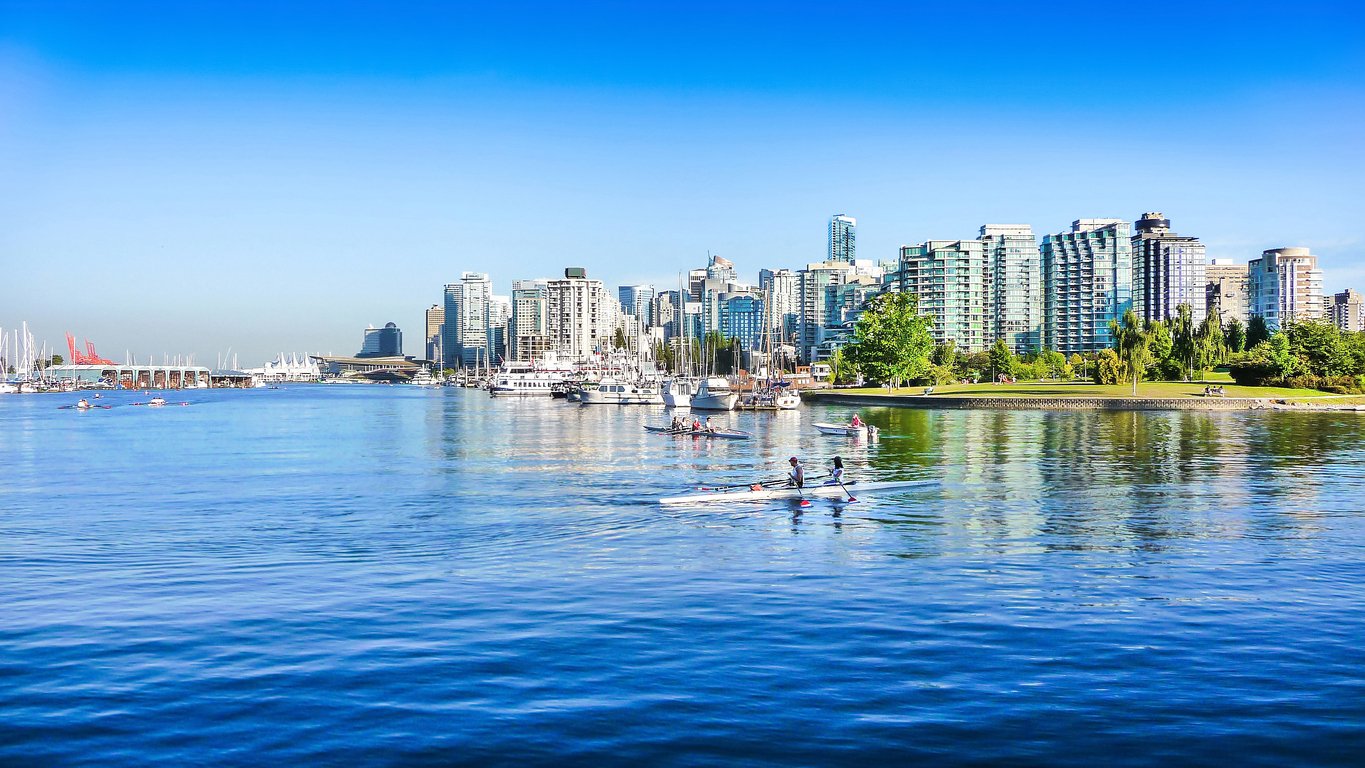A new report by CIC News revealed that Canada has created mover 100 economic immigration paths since January.
Over the past three decades, the federal government and all Canadian provinces have exponentially advanced in their efforts to introduce the economic immigration pathways.
These programs aim to offer many economic immigration channels to satisfy the needs of the increasing number of immigrants. As a result, foreign workers will introduce new skills that can bolster the country’s economy.

Candidates who apply for Canada’s economic immigration program can get permanent residency through three channels: the economic class, which comprises skilled labor, as a family member as stipulated under the family reunification program, and as refugees who are welcomed in the country on a compassionate basis.
The economic category accounts for over 60% of the total immigrants who get selected for permanent residency. Most candidates in this class are skilled professionals who apply for an immigration pathway from abroad. They also include skilled workers with temporary work permits and international student who live in Canada.
People who seek permanent residency in Canada can apply for this most sort after status through the Express Entry program. Their profiles of each applicant are digitally screened to determine their eligibility to advance to one of the three economic immigration classes namely;
- Federal Skilled Worker Class
- Federal Skilled Trades Class
- Canadian Experience Class
Immigration applicants who successfully progress in the Express Entry pool are graded according to their performances in the Comprehensive Ranking System (CRS). A candidate’s overall CRS score is determined after an assessment of their skills, proficiency in English and French, work experience, age, among other factors.






